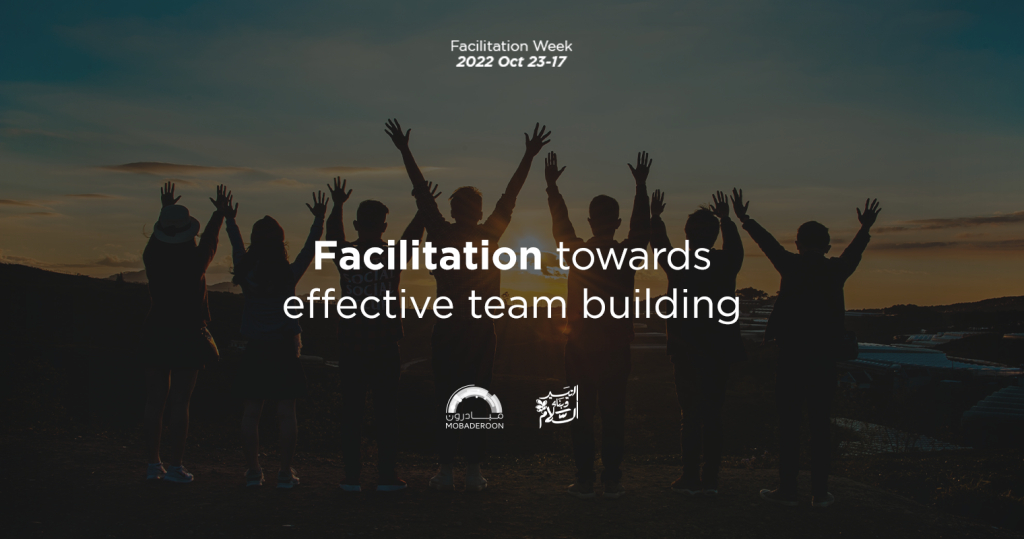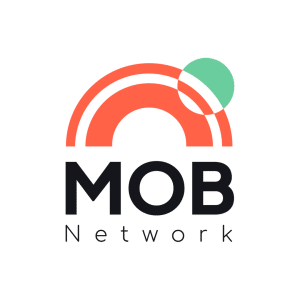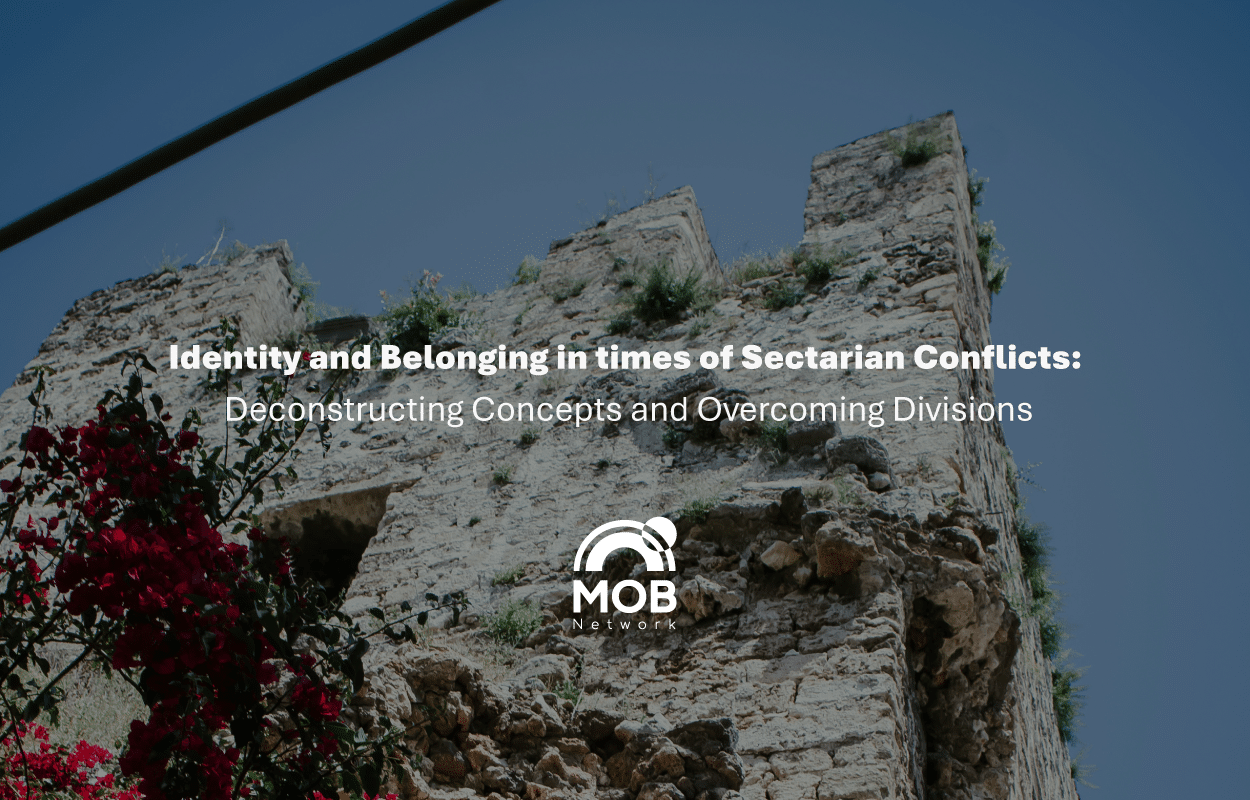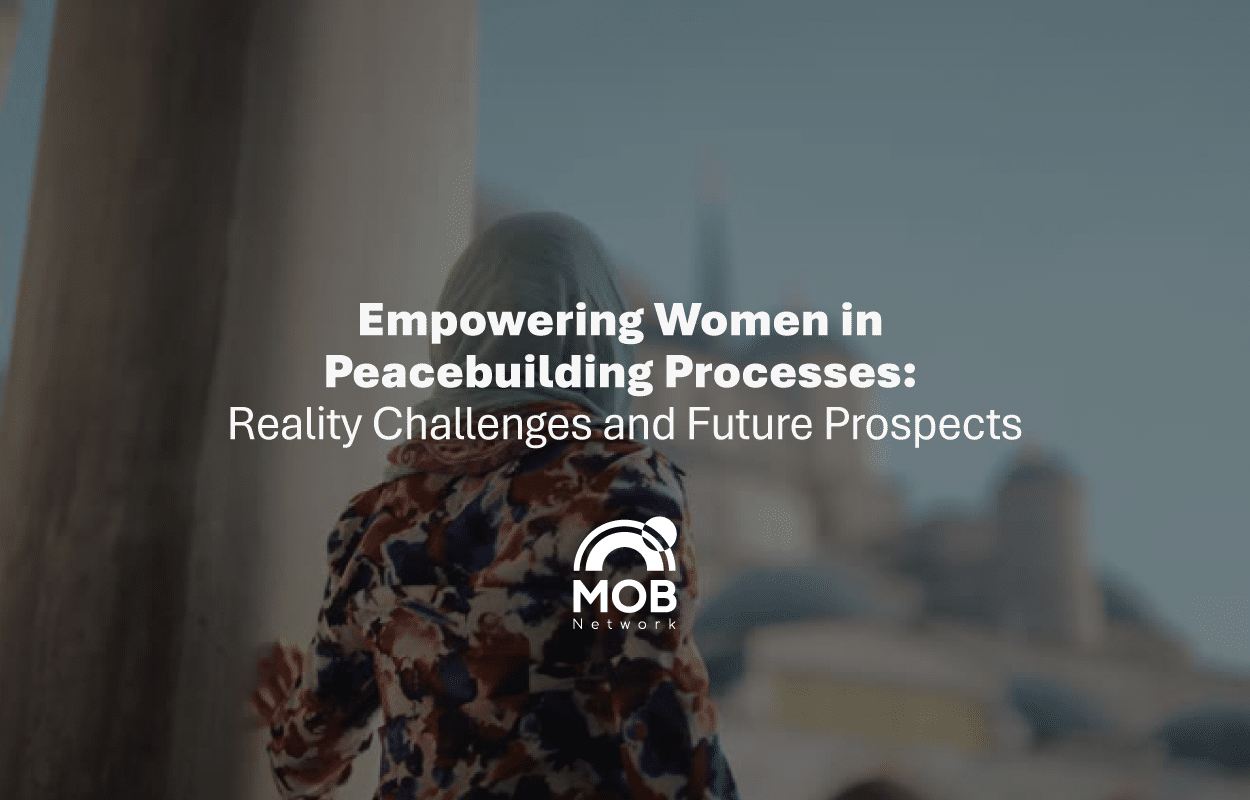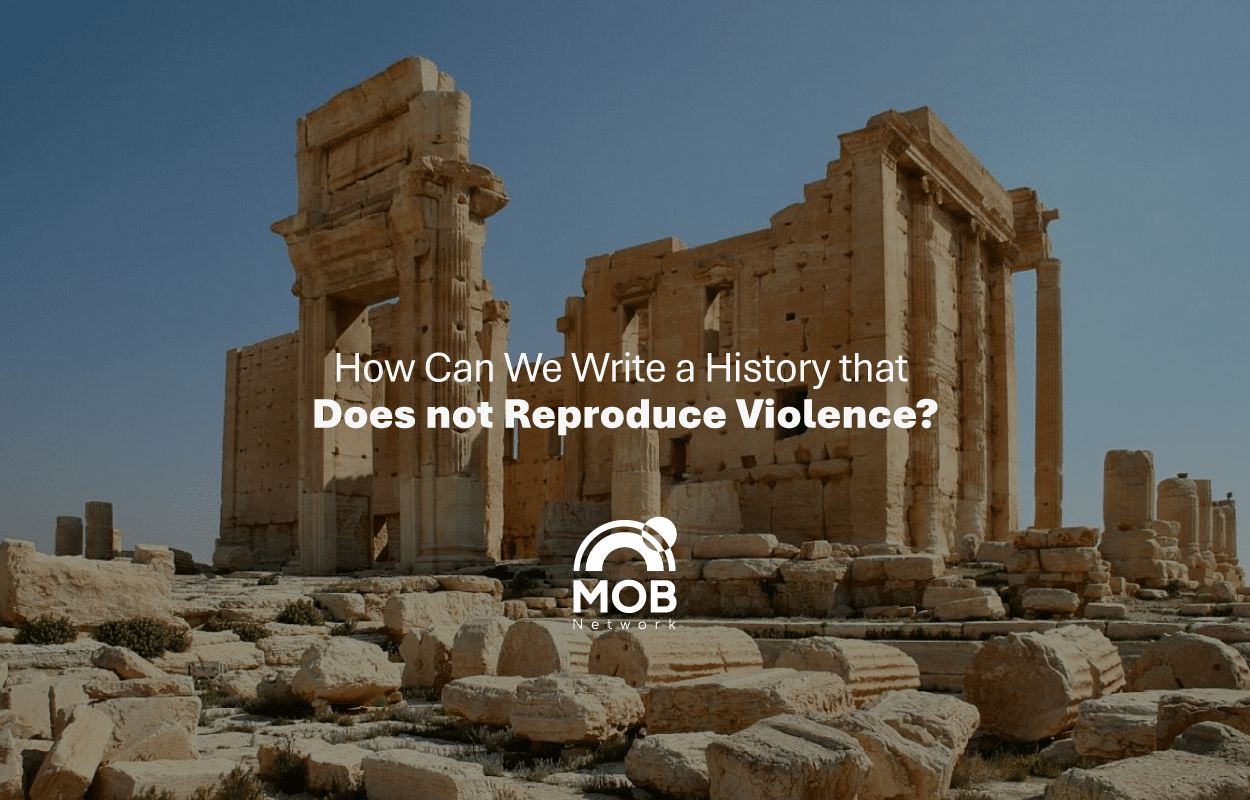Bees have been around for about 130 million years now, which necessitates the conclusion that they have lived side by side with homo sapiens since their birth, providing them both with both nutrition and medicine in the form of honey. Bees developed a social lifestyle around 80 million years ago, working as one group, the colony members work for the greater good, not for each bee’s interest, each complimenting the role of others, including the queen. According to The Times, the word “bee” has been used since the 17th century to describe a group of individuals gathering to work together for one purpose.
Thus, team spirit is a core success factor for different organizations regardless of organizational charts. To instill this culture of working as a team in an organization as a catalyst of effectiveness towards achieving objectives, the team members should willingly and knowingly practice it as a part of a planned and agreed-on strategy.
What is a work team?
Since the 1950s, management theories that took shape then contributed to magnifying the role of the human factor, TQM (Total Quality Management) concepts provided extra support for planned and well-thought-of teamwork as teams comprised a pillar of this methodology.
These theories have proven their managerial validity which pushed towards more focus on the human element as a member of a work team collaborating to achieve objectives.
Therefore, we define a work team as: “A group of people linked by a common purpose, who integrate their efforts and experiences and work together so that the sum of their combined performance to achieve the desired outcome is more than the total of their separate efforts.”
The categorizations of teams vary according to the different objectives that they set for their work, or according to the structure (organizational chart) that they adopt. Undoubtedly, the rapid development in technologies, means of communication, and the globalization of administrative thought has led to the overlapping of objectives within the different structures of work teams, regardless of their form and categorization, and this is what highlighted the urgent need for the presence of a role for a specific person who is familiar with the workflow and the dynamics of relationships within the team; one who possesses the skills of reading and sensing the internal environment, and then intervenes with one’s tools to increase the effectiveness of individuals with their teamwork and maintain the quality of reaching the objectives, and this only happens with the exchange of trust between members of one team and the sharing of responsibility to realize common achievement.
This role has evolved to become essential in the processes of building and sustaining effective work teams; a person adopting this role works to establish trust among team members and direct and lead essential parts of the work of organizational teams, such as meetings, planning sessions, decision-making, as well as training and joint learning; This process is known as facilitation.
Facilitation & Facilitators

What is Facilitation?
Michael Wilkinson defines facilitation as a facilitated session: “a highly structured meeting in which the meeting leader (the facilitator) guides the participants through a series of pre-defined steps to arrive at a result that is created, understood, and accepted by all participants.”
Another definition of facilitation is: “the act of engaging participants in creating, discovering, and applying learning insights.“
Whereas a facilitator is: “someone who helps to bring about an outcome (such as learning, productivity, or communication) by providing indirect or unobtrusive assistance, guidance, or supervision.”.
Objectives of the Facilitation Process:
In any meeting, whether it is for learning, decision-making, or agreeing on a specific mechanism, the purpose of the facilitation process is to achieve the greatest degree of participation among the participants and a collective mechanism for learning and discovery by practice, which creates common ground for the participants with a shared responsibility in achieving their goals, while avoiding the presence of power barriers in these sessions and trying to listen to all voices, including faint ones. The facilitator believes that each of the participants is an important resource in achieving the goals of the team. At this stage, s/he is keen to prevent conflicts from turning personal. Rather, the existing conflict must be used to build and purify ideas. It also seeks to solve problems and sympathize with members because this is a normal stage in many work teams, but it must be overcome to a higher and more mature stage.
Facilitators also work on sensing conflict within the team and resolving disagreements amongst its members, which enhances trust and responsibility to achieve goals without direct intervention from the facilitators in decision-making, for their actual task is for participants to interact with each other directly.
Facilitation stems from one’s participation in the exploration of one’s resources and building on them, by participating in targeted dialogues through those created by the facilitation spaces and moving from them to exploring and investing in the community’s resources.
Accordingly, Mobaderoon adopts facilitation in its TOC (theory of change) as one of the effective methodologies to build trust and support and sustain peaceful coexistence, for it creates spaces for running real dialogues that touch the inner and societal needs of individuals in line with the various paths of change in which Mobaderoon works to intervene, and is keen to manage these spaces within the framework of nonviolent concepts by raising awareness of the concept of real dialogue and investing it in a way that allows individuals to express themselves and hear others out.
Also, one of the most important results included in the facilitation process is to build rapport with and amongst the participants, and for this, we consider facilitation as a methodology of community change and one of the most important mediation tools in intervening to resolve conflicts and problems in different contexts.
How Does a Facilitator Interact with Work Teams?

The role of the facilitator varies according to the stage in which the work team is currently on the development scale. There are no predetermined behaviors to deal with the work teams because the differences in circumstances and the member norms necessitate different optimal facilitation behaviors. A correct understanding of the stages of team development leads to knowing the levels of participation and trust among its members so that the stage of performance and actual achievement is reached through the following stages:
1- Forming:
The first stage is characterized by a lot of ambiguity about the team’s line-up; the members.
In this stage, the first attempts are made to select the members for each other and try to get to closely know the individuals who make up the team. This is a testing stage, or what is colloquially known as “testing the waters”, getting to know how the team adds up from its members, the aims for which it has been formed, and the purpose of their being there, together.
In this stage, the facilitator needs to create a safe environment for the members to get to know each other first, which increases trust among them as individuals, and then, s/he needs to work with procedures so that the members become aware of their tasks and roles within the team that lead to the achievement of these tasks, and to understand how this achievement serves the vision of the CBO (Civic Based Organization).
2- Storming:
This stage is characterized by an attempt to impose certain norms on the team and the way it operates. In this stage, team members try to prove themselves, and some of them may try to impose norms that suit them.
Members may disagree about these norms and rules, and they may also quarrel over the leadership of the team – if the management does not appoint the leader or define the rules, regulations, and norms on the basis of which the team meets.
Not every conflict is bad, nor is it negative; for in this stage, the existing conflict is used to sharpen ideas, hear members out, and search for appropriate team rules and norms without contradiction to the rules and norms of the CBO.
3- Norming:
At the end of Storming, or most of it, the stabilization period begins where the norms and rules related to the team (meetings, decision taking methods, scheduling, etc.) are agreed upon.
In this stage, the facilitator tends to reduce her/his interference and seeks to develop the team itself after its members agree on clear-cut agreements and well-distributed roles. This is where the facilitator plays a reminding role that is reminiscent of the process of business integration among the members to celebrate collaborative achievements, which helps in gradually stabilizing the internal environment.
4- Performing:
This is the most important stage. After norming, team members devote themselves to the tasks entrusted to them, and ideas and experiences are exchanged on the best way to accomplish their tasks. At this stage, the results of the team’s work begin to appear, whether in terms of narrating the discovered facts or making decisions, recommendations or reports.
This is an advanced stage in which the role of the facilitator diminishes and many things are delegated to the team itself, whose members work semi-independently and are enlightened by their own ideas and learn from their mistakes. Herein, the role of the facilitator may change from an intervening organization and to an advisory one.
In all stages, a team can’t focus its energy effectively on implementing a plan or achieving a goal, if its members are scattered by weak binding relations; exchanging trust among them to reach what is referred to as “team spirit” is the best way to build healthy work relationships.
“The new leader is a facilitator, not an order giver.”
John Naisbitt Tweet
Facilitator skills and behaviors:

The facilitator must retain the values of facilitation and project them in her/his behaviors in her/his meetings or communication with the team to build bridges of trust among them and strengthen their composition through joint achievement. The most important of these behaviors are:
First: Effective use of time and resources
Bringing people together, whether face-to-face or virtually, has a real cost. Unproductive wasted time dampens morale and prevents participants from fulfilling their other responsibilities; this is where a professional facilitator can help the group achieve more in less time, eliminating the need for multiple meetings, and forward momentum on the issues in question.
Second: Total Participation:
A good facilitator encourages participation in the team environment while outlining the tendency of some group members to control the decision. By her/his actions, s/he creates what supports the contribution of faint voices, as well as those whose views differ from those of the leader or the majority. Participation and active listening give the group a comprehensive understanding of perspectives and a better chance of reaching sustainable decisions.
Third: Documentation of Results
Group discussions can produce a lot of information and ideas, and the facilitator should be careful to write them down without bias or prejudice and help the team identify areas of agreement and issues that have not yet been agreed upon.
Fourth: Engagement in Generating Consensual Solutions:
After presenting the full framework of the different perspectives and welcoming strong opinions, the facilitator encourages finding creative innovative solutions that have not been previously considered which may be the answer to the obvious differences; then, the group can formulate agreements supported by all members of the group as a result of their sense of ownership and shared responsibility for these solutions.
These strategies and previous behaviors not only help in building a successful work team but also help in building a healthy work environment that stimulates production, development, and facing challenges with the same team.
Herein it must be noted that facilitation is no longer limited to teams working within one geographical space, but rather has gone beyond that to cross-border virtual facilitation, and this requires extra effort from the facilitator to develop her/his tools and skills to perform her/his role(s), with the challenge of lack of face-to-face (in-person) human interaction that usually, and to some extent easily, paves the way to build trust and relationships within the same team.
The process of building effective work teams is a process that may not be easy and takes time, and it may be a challenge as great as the many challenges facing the progress of work towards objectives! But reaching a team with a high spirit is the easiest way to overcome challenges, achieve goals and realize visions.

